Chainmail Armour - Luxury for Knights and the Rich
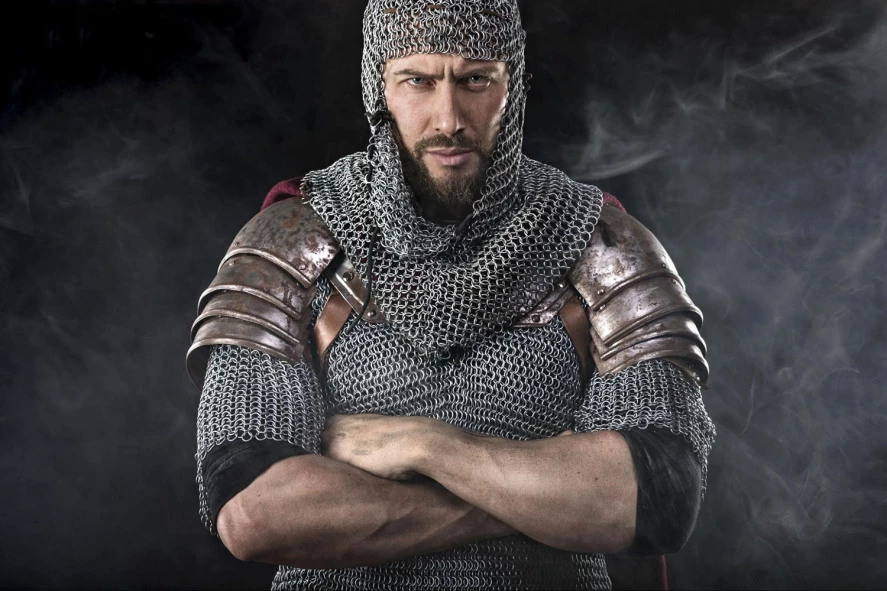
Contents
The Design and Parts of Chainmail Armour
The full chainmail armour consisted of several parts: a chainmail shirt (or chainmail tunic) that reached up to the knees, chainmail leggings and chainmail coifs. The long chainmail shirt made of thousands of small metal rings was called a “hauberk”. Thanks to a slit at the bottom part, it was easier for the wearer to ride a horse.
Some chainmail hauberks also had a hood, which made the wearer of the armour look more mysterious and elegant. This combination of chainmail elements provided a strong protection against melee weapons.
A shorter chainmail shirt with short sleeves was called haubergeon ("little hauberk"). Knights usually wore a gambeson, which was a heavily quilted or padded defensive jacket, worn under the hauberk. But that was not all. On top of the chainmail tunic, they also wore a sleeveless cloth dress, with a belt at the waist. This cloth dress was called “tabard”.
As for the lower part of the body, the knights’ legs were initially protected by metal rings applied to the front part of the leggings. Over time, the entire chainmail leggings made of metal rings appeared. Cloth shorts improved the protection of the thighs. The total weight of the hauberk and leggings was between 12 and 15 kilograms, which is not insignificant. However, this weight was evenly distributed over both shoulders, which did not restrict movement too much. A strong leather belt at the waist relieved some of the armour weight from the shoulders.
Making Chainmail Required Skill and Patience
Do you know who made chainmail armours? Craftsmen called armourers specialised in the production of chainmail armour. Armourers had their own guild that helped maintain their reputation as craftsmen. The most important (and the most tedious) part of their job was riveting thousands of small metal rings together. Up to 16,000 rings were needed to make a single chainmail armour. Metal rings were of different sizes, and they were made out of around 600 metres of wire.
The production of rings was not a simple process. The armourers needed to wind the wire on a special rod and then carefully cut it into rings. The rings had overlapping, flat ends. Armourers had to punch a hole for a rivet in the flat end. Next, individual rings had to be riveted together. The armourers pressed the flat ends of the ring to make the holes overlap, and then applied the rivets.
When the rings were ready, the armourer could begin the next stage of the armour making. He attached the rings of various sizes to pieces of cloth or leather. Aventails were also an integral part of the chainmail armour - they were flexible curtains of mail that protected the chest and neck - the most vulnerable areas.
If you are wondering how much that must have cost - you are right. The production process of chainmail was time-consuming and difficult, and the resulting armour price was high. It is estimated that it took up to a year to make a full chainmail shirt. Only wealthy feudal lords could afford to buy one.
Chainmail Armour in Tournaments and Battles
Knights used chainmail armour at tournaments as well as in battles. It not only provided good protection against weapons, but also did not restrict movement too much.
Knights at tournaments competed in various disciplines that allowed them to train (and show off) their skills. Chainmail armour gave them the advantage of high mobility and safety. Metal rings were able to protect against arrows, swords as well as spears. The force of the impact was distributed to a larger area and the risk of serious injury was minimized.
Not to mention the benefits of chainmail on the battlefields... If the knights really needed a reliable armour, it was in the middle of battles. It even proved to be a reliable protection against firearms and projectiles.
Get Your Own Chainmail
Chainmail was an essential component of a medieval knight's armour as well as of medieval history and culture. It was a symbol of chivalry, courage and safety. For a medieval knight, a life without chainmail was – quite literally – impossible. It helped knights win glory at tournaments as well as make sure they see another day. It gave them confidence to face challenges of the medieval world.
Are you hungry for more information about chainmails? Read our article The Evolution of Chainmail Armour for more details about this fascinating piece of history! If you need a chainmail for a history event you are planning to attend, check out our store and pick your favourite! Choose the perfect type of chainmail armour for your specific purpose and shine!

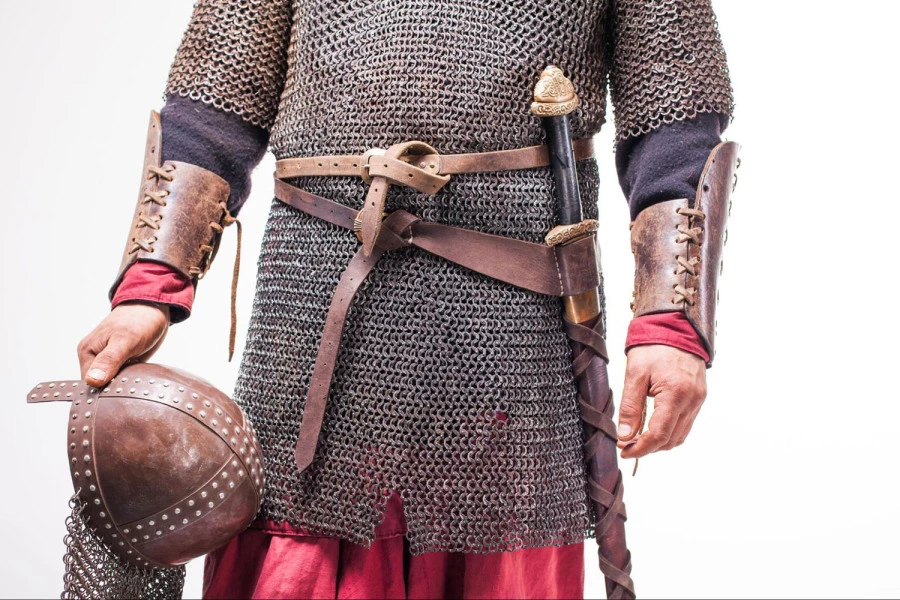
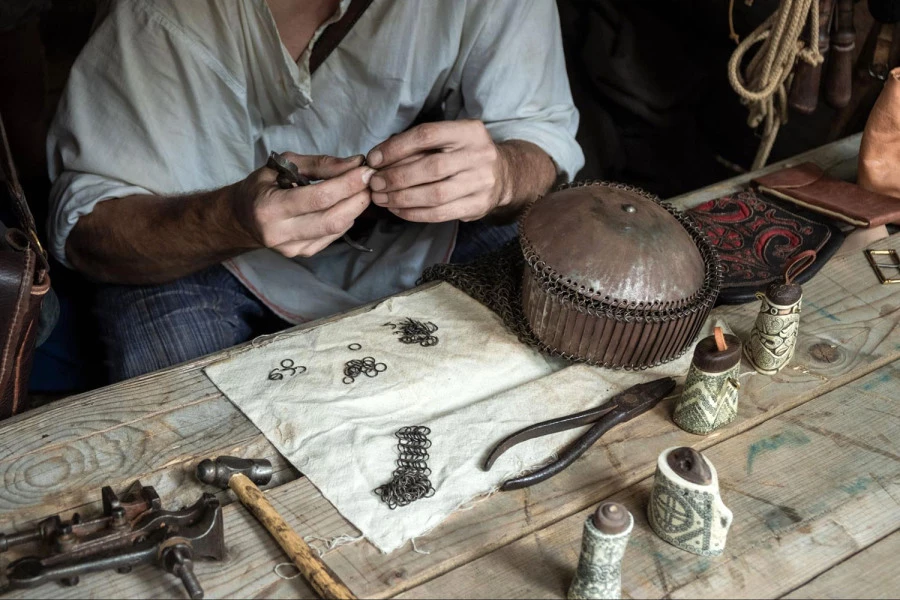
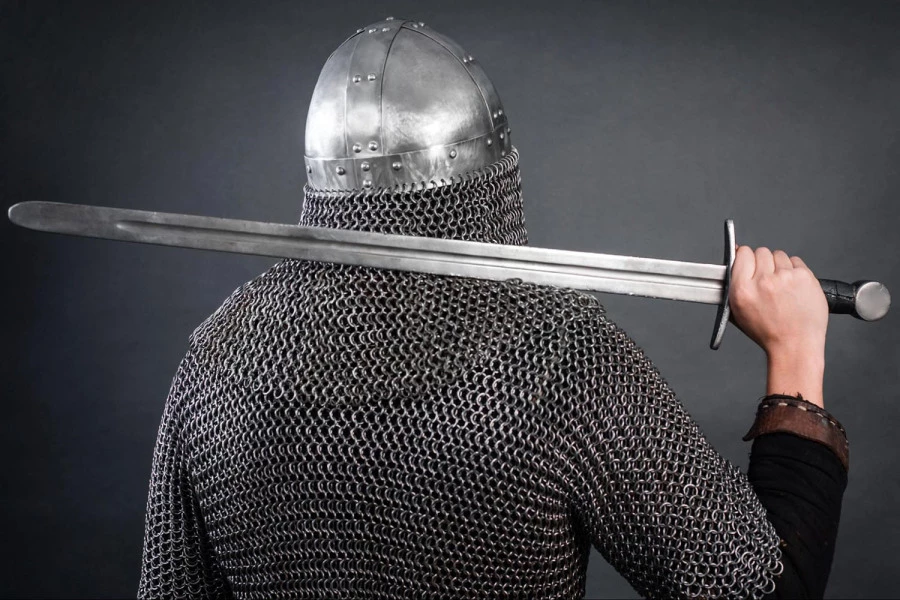
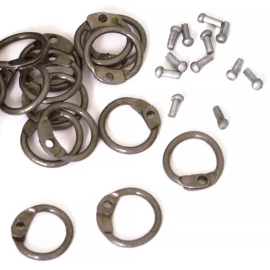
.2152382459.1717616719.jpg.webp)
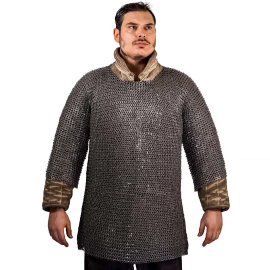
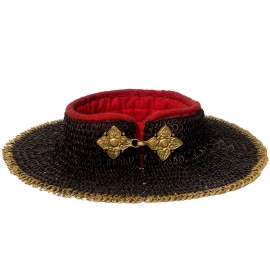
Comments